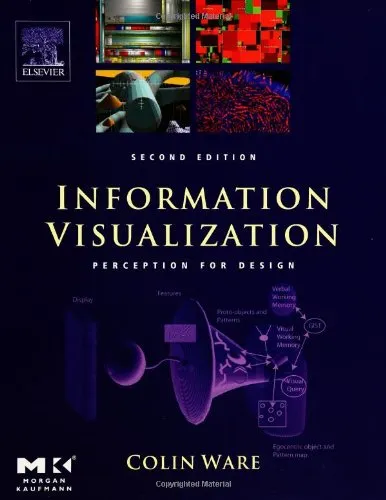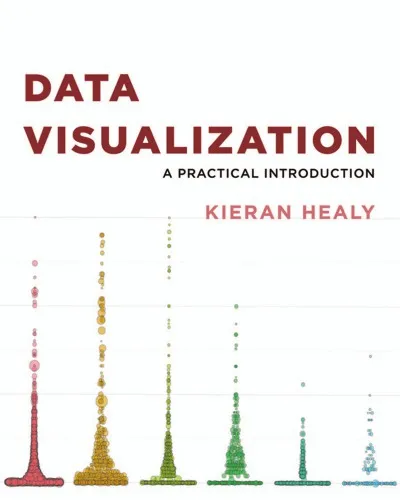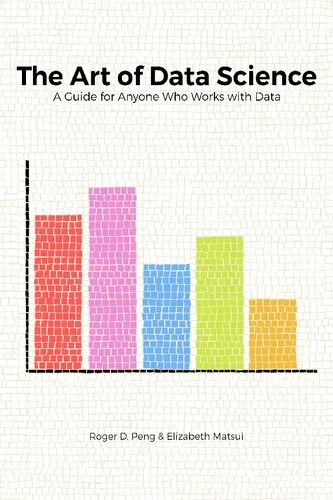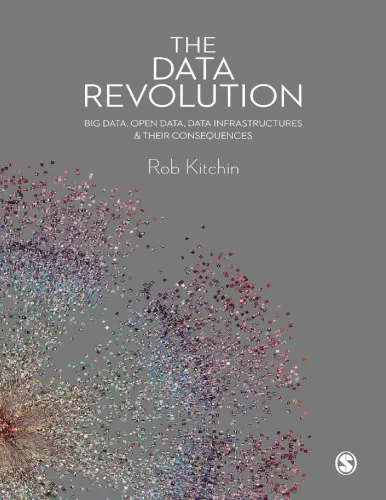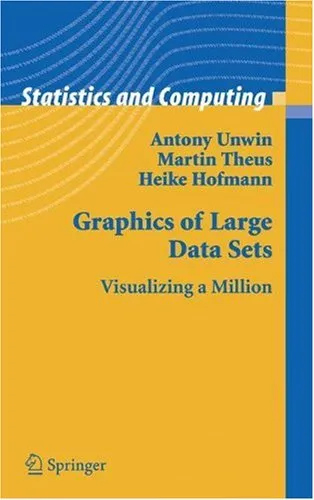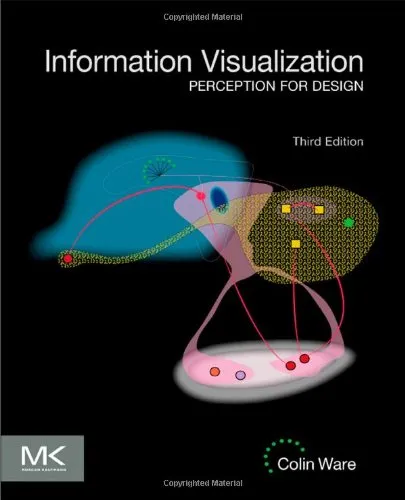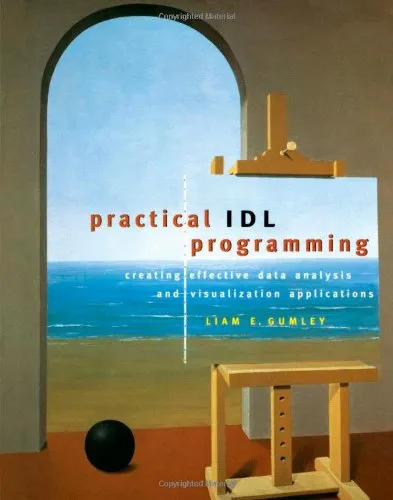Information Visualization: Perception for Design
4.5
Reviews from our users

You Can Ask your questions from this book's AI after Login
Each download or ask from book AI costs 2 points. To earn more free points, please visit the Points Guide Page and complete some valuable actions.Related Refrences:
Introduction to 'Information Visualization: Perception for Design'
Understanding how humans process visual information is an essential aspect of crafting effective data visualizations. In the book 'Information Visualization: Perception for Design', Colin Ware combines cognitive science and visual design principles to provide a comprehensive guide for designers, analysts, and anyone interested in communicating information visually. By exploring how the human visual system works and how to leverage this knowledge in design, the book offers transformative insights into creating impactful visualizations. Grounded in science and rich in practical advice, this book is an indispensable resource for anyone involved in presenting data visually.
Detailed Summary of the Book
'Information Visualization: Perception for Design' bridges the gap between vision science and the art of information design. The book begins by delving into the psychological foundations of perception, examining how the brain and eyes work together to process visual stimuli. Ware highlights how attention mechanisms, pattern recognition, and sensory limitations impact the way people decode visual information.
The middle chapters delve into specific components of visualizations, such as color, spatial layout, motion, and shape. Ware explores these elements in depth, offering actionable guidance on how they can be used to enhance understanding. For instance, he discusses how color contrast can emphasize important patterns and how spatial positioning can guide users' focus to crucial areas of a chart or graphic.
Toward the latter part of the book, the focus shifts to the practical applications of these principles. Ware provides numerous real-world examples and suggestions for designing charts, graphs, dashboards, and other forms of data representation. Each section combines theory with hands-on design solutions, making it accessible and highly relevant for both students and professionals in the field.
The book not only covers scientific concepts but is full of actionable insights presented in an engaging and straightforward manner. It consolidates decades of research in visual perception into an easy-to-understand guide, making it a one-stop resource for building better visualizations.
Key Takeaways
- Human visual perception has inherent strengths and weaknesses, which should be considered in design.
- Designers should use color, motion, and shape effectively to communicate key patterns and relationships in data.
- The visual hierarchy is crucial for guiding attention and organizing information in an accessible manner.
- Understanding cognitive load and attention mechanisms can lead to better and more user-friendly visualization designs.
- Visualization is not just an art, but also a science that benefits greatly from empirical research in human perception.
Famous Quotes from the Book
"The purpose of visualization is insight, not pictures."
"The eye is exquisitely tuned to detect structure; our goal as designers is to maximize the brain's ability to perceive patterns in complexity."
"If a visualization fails to communicate the intended message quickly and effectively, it has failed as a tool of design."
Why This Book Matters
In an era dominated by data, the ability to communicate information visually is more critical than ever. 'Information Visualization: Perception for Design' equips readers with the knowledge needed to transform raw data into comprehensible visual stories. The book stands out because it not only focuses on aesthetic principles but also deeply explores the science behind why certain visualizations work better than others.
For designers, researchers, and business professionals, this book provides an essential toolkit for creating designs that effectively communicate complex ideas. It offers a systematic approach to understanding visual perception and applying it in practice, bridging the worlds of cognitive psychology, graphic design, and data analysis.
The practical lessons in this book extend far beyond data visualization, influencing fields such as user interface design, education, and marketing. By grounding its insights in peer-reviewed scientific studies, it ensures reliability and has become an authoritative resource in the field. This is why 'Information Visualization: Perception for Design' continues to be a must-read for anyone aiming to advance their skills in information communication.
Free Direct Download
You Can Download this book after Login
Accessing books through legal platforms and public libraries not only supports the rights of authors and publishers but also contributes to the sustainability of reading culture. Before downloading, please take a moment to consider these options.
Find this book on other platforms:
WorldCat helps you find books in libraries worldwide.
See ratings, reviews, and discussions on Goodreads.
Find and buy rare or used books on AbeBooks.
1288
بازدید4.5
امتیاز0
نظر98%
رضایتReviews:
4.5
Based on 0 users review
Questions & Answers
Ask questions about this book or help others by answering
No questions yet. Be the first to ask!
